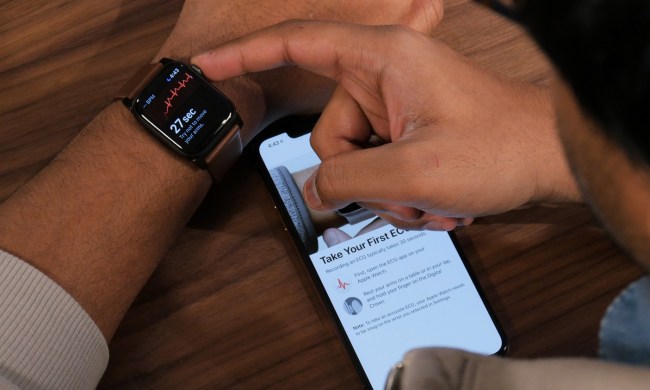
Along with a team of BYU researchers, Merrell has developed and tested a nano composite smartfoam meant to be placed within football helmets and pads to detect the impact of tackles. Using electrical signals, the foam measures the effects of a hit, and sends this data wirelessly to a tablet or similar mobile device.
To be precise, whenever the smartfoam is compressed (as it would be on impact), it rubs against nickel nano-particles, resulting in a static electric charge. A conductive electrode in the foam collects that charge, and it is then measured by a microcomputer, and sent to a computer or smart device. This way, coaches, trainers, and medical professionals can see in real time if a player has been hit, and just how hard.
“The standard measurement systems on the market today directly measure the acceleration, but just measuring the acceleration is not enough and can even be erroneous,” Merrell noted in a statement. “Our XOnano smartfoam sensors measure much more than just acceleration, which we see as a vital key to better diagnose head injuries.”
As per research published in the Annals of Biomedical Engineering, the foam is capable of measuring acceleration, impact energy, and impact velocity. Taken together, these factors help experts discern the severity and location of impact, and impressively, can do so with 90 percent accuracy. So why does this matter? Thus far, there has been no way to truly monitor the energy and velocity of impact, which are key factors in determining a football player’s risk of concussion, and perhaps, more severe brain damage later down the line.


